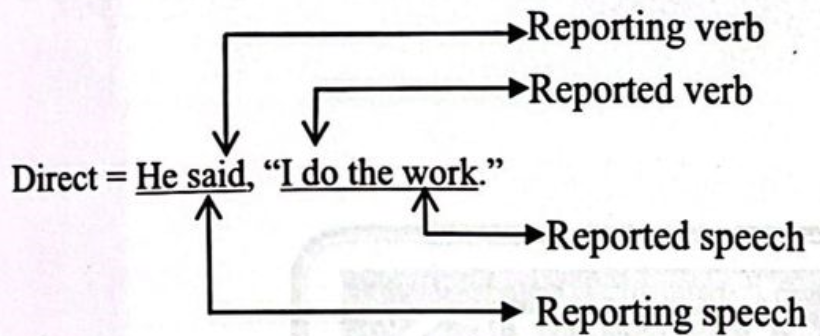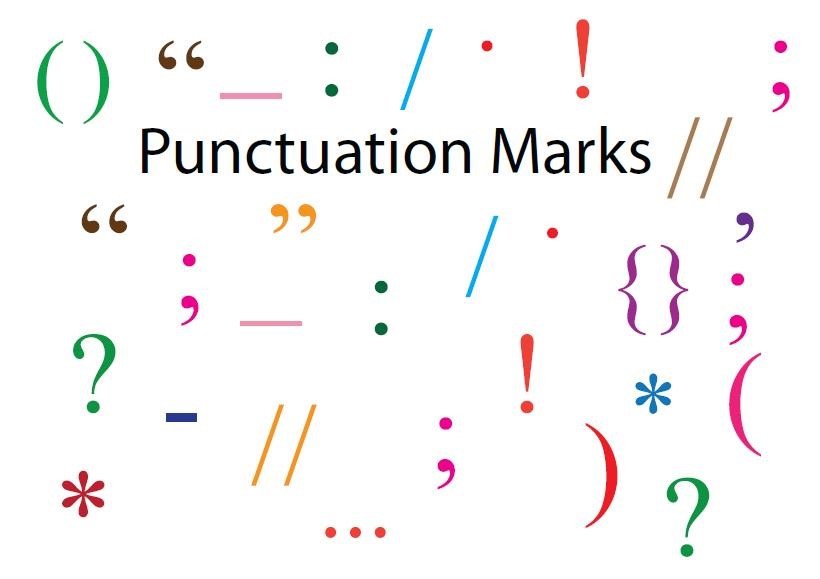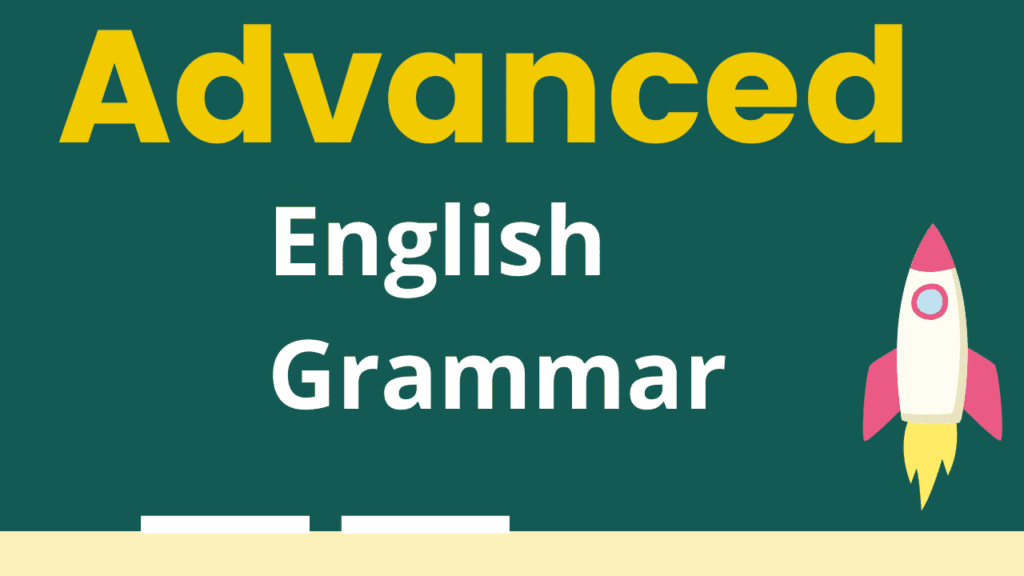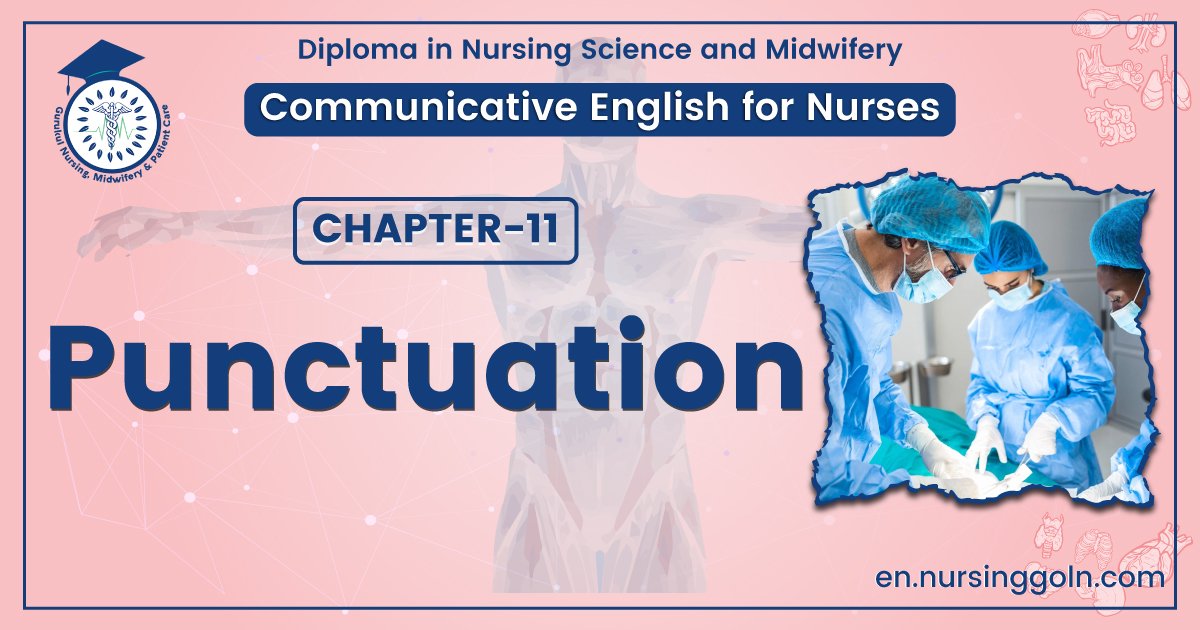Learn about Punctuation – The course is designed to develop communication skills in English and computer and information technology (ICT) of the learners. Communicative English includes the basic grammatical structures of English and basic semantics, basic reading and listening techniques for constructing informal writings; reading selected English literature; listening to selected English media; use of expressions for easy communication in daily life such as exchanging information, greeting, shopping, application, past, present & future activities, liking & disliking etc; giving English oral presentations; and writing formal letters and essays.
Study and practice in reading and writing on related topics from nursing textbooks/journals/magazines & note taking, referencing; improvement of reading and writing abilities with emphasis on review of vocabularies, sentence structure, organization, development of oral presentation; developing writing skills Business letters, application & CV; report writing, editing, proof reading, translation and professional writings-meeting minutes; improvement of speaking and listening abilities with establishing communication and making arguments.
Computer and information technology is designed for understanding of using computer and information technology; it applications in nursing field; application programs for Microsoft Word processing, Microsoft Excel for spreadsheets, Power Point Presentations, Networking and Communication through internet and World Wide Web applications.
Learn about Punctuation
আলোচ্য বিষয়:
1. Narration
2. Sentence
Narration – উত্তি
Narration: বক্তার কোন বক্তব্যকেই Narration বলে।
⇒ বক্তার কোন বক্তব্য হুবহু অন্যের নিকট প্রকাশ করাকে Direct speech বলে।
Direct He Said, “I am a student.”
⇒ বক্তার কোন বক্তব্য যদি নিজের ভাষায় অন্যের নিকট প্রকাশ করা হয় তাকে Indirect speech বলে।
Indirect He said that he was a student.
⇒ প্রতিটি Narration বা উক্তিতে চারটি অংশ থাকে। যেমনঃ

⇒ Direct speech এ Reporting verb এর পরে একটি comma বসে। Reported speech সবসময় Double Inverted Comma এর ভিতরে থাকে। Reported speech এর প্রথম অক্ষর সর্বদা Capital Letter হয়।
Ex. he said i am a doctor.
He said, “I am a doctor.”
he said have you finished your work.
He said, “Have you finished your work?”
Punctuation Mark = 15টি

৭টি Punctuation Mark বিশেষভাবে ব্যবহৃত হয়। নিম্নে তাদের ব্যবহার দেয়া হলঃ
Full Stop (.)
1. Full stop দীর্ঘতম বিরতি নির্দেশ করে। Assertive sentence, Imperative sentence, Indirect speech এর শেষে বসে। যেমন:-
I am a student.
Read Attentively.
2. Abbreviation এর পর বসে। যেমনঃ T.N.O, U.S.A
Comma (,)
⇒ Comma স্বল্পতম বিরতি নির্দেশ করে। এটি সবচেয়ে বেশী ব্যবহৃত বিরাম চিহ্ন। এর ব্যবহার নিম্নরূপ:
1. একই Part of speech ভুক্ত তিন বা ততোধিক word পাশাপাশি থাকলে and দ্বারা যুক্ত শেষ দুটি word ব্যতিত অন্যগুলোর পরে বসে।
যেমন: Dhaka, Khulna, Rajshahi and Sylhet are four divisions of Bangladesh.
2. And দ্বারা যুক্ত সকল শব্দযুগলকে পৃথক করে বুঝাতে Comma বসে।
যেমন: High and low, rich and poor, wise and foolish, must all dia
3. Repeated word এর মাঝখানে বসে।
যেমন: I will never, never help you
4. Introductory Yes/No কে মূল বাক্য থেকে আলাদা করার জন্য এদের পরে Comma বসে।
যেমন: Yes, you will go,
No, I shall not come
5. Sub-ordinate clause, principal clause এর পূর্বে থাকলে Sub-ordinate clause এর পরে Comma বসে।
যেমনঃ- As he is ill, he will not go to college
6. যে Relative Clause টি এর antecedent সম্বন্ধে শুধু অতিরিক্ত তথ্য দেয় এবং ঐ Relative Clause বাদ দিলে মূল বাক্যের অর্থের উল্লেখযোগ্য কোন পরিবর্তন হয় না। এরূপ কোন Relative Clause বাক্যের মাঝে থাকলে এর উভয় পাশে এবং শেষে থাকলে এর পূর্বে Comma বসে।
যেমনঃ- Rahim, who is idle, will suffer.
I bought a pen, which is new
7. Direct speech এ Reporting verb-টি Quotation এর পূর্বে থাকলে Quotation এর পূর্বে, দুই Quotation এর মাঝে থাকলে Reporting verb এর উভয় পাশে এবং Quotation এর পরে থাকলে Quotation এর পর Closing inverted comma এর পূর্বে Comma বসে।
যেমন: Nayeb Ali said, “He is unwell.
“I shall come back,” said he, “and see you.”
“I have read the book,” said the boy.
8. Tag Question এর ক্ষেত্রে statement এর পরে এবং question এর পূর্বে Comma বসে।
যেমন: Birds fly, don’t they?
He is Mr. Karim, isn’t he?
Semicolon (;)
Comma অপেক্ষা বেশী full stop অপেক্ষা কম বিরতি নির্দেশ করতে semicolon বসে। অপেক্ষাকৃত বড় compound sentence এর Coordinating Conjunction বাদ দিলে ঐ Conjunction এর স্থানে semicolon বসে। যেমন:
I went to college; sat on the first bench and listened to my teacher’s lecture.
Colon (:)
Semicolon অপেক্ষা দীর্ঘতম বিরতি নির্দেশ করে এর ব্যবহার নিম্নরূপ:
1. সাধারণত such as, as follows, the following, thus ইত্যাদি শব্দ দ্বারা কোন উদাহরণ বা তালিকা দেয়া হলে ঐ উদাহরণ বা তালিকার পূর্বে colon বসে। যেমন:
The following are his virtues: honesty, morality and sincerity.
2. বক্তা এবং উদ্ধৃতি কে আলাদা করার জন্য বক্তার পরে colon বসে। যেমন:
Rahim: Where are you going?
Karim: I am going to college.
Note of Interrogation (?)
1. Direct Question নির্দেশ করে এমন বাক্যের পরে বসে। যেমন: Why did you go there? Are you happy?
Note of Exclamation (!)
1. কোন word বা sentence দ্বারা ভয়, বিস্ময়, উল্লাস, বিষাদ ইত্যাদি আকস্মিক ভাবাবেগ বুঝালে ঐ word বা sentence এর পরে Note of exclamation বসে। যেমন:
Hurrah! We have won the match.
How fine the bird is!..

Inverted Commas (“”)
1. কারো উক্তি অবিকলভাবে উদ্ধৃত করার সময় ঐ উক্তির শুরু এবং শেষ নির্দেশ করতে এই চিহ্ন ব্যবহার করতে হয়। যেমনঃ He said to me, “Help me please.”
2. কোন বই, গল্প, কবিতা, উপন্যাস, নাটক ইত্যাদির নাম বুঝাতে এবং কোন বিশেষ শব্দের উপর বিশেষ মনযোগ আকর্ষণ করতে single Inverted Comma বসে। যেমন:
‘Ulysses’ is written by Tennyson.
‘They’ is a pronoun.
You are already fifty still you are my ‘baby’.
Apostrophe (‘)
1. কোন word এর Letter বা Letter’s এর বিলোপ নির্দেশ করতে এই চিহ্ন বসে। যেমন:
Did not = Didn’t
I have = I’ve
Shall not = Shan’t
He will = He’ll
Will not = Won’t
2. দোকানের নামের ক্ষেত্রে, যেমন: Bucher’s, Grocer’s

Read More:
